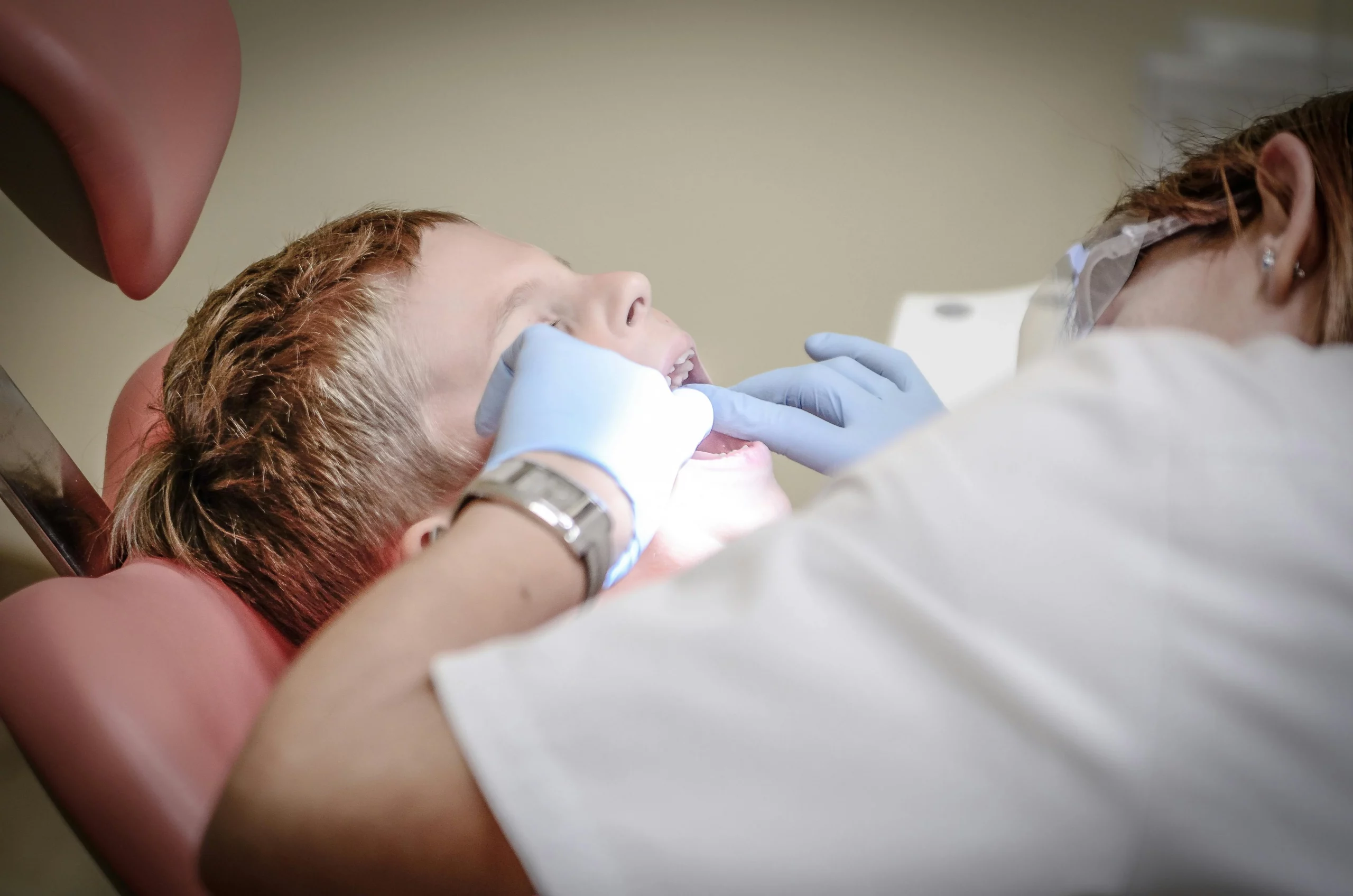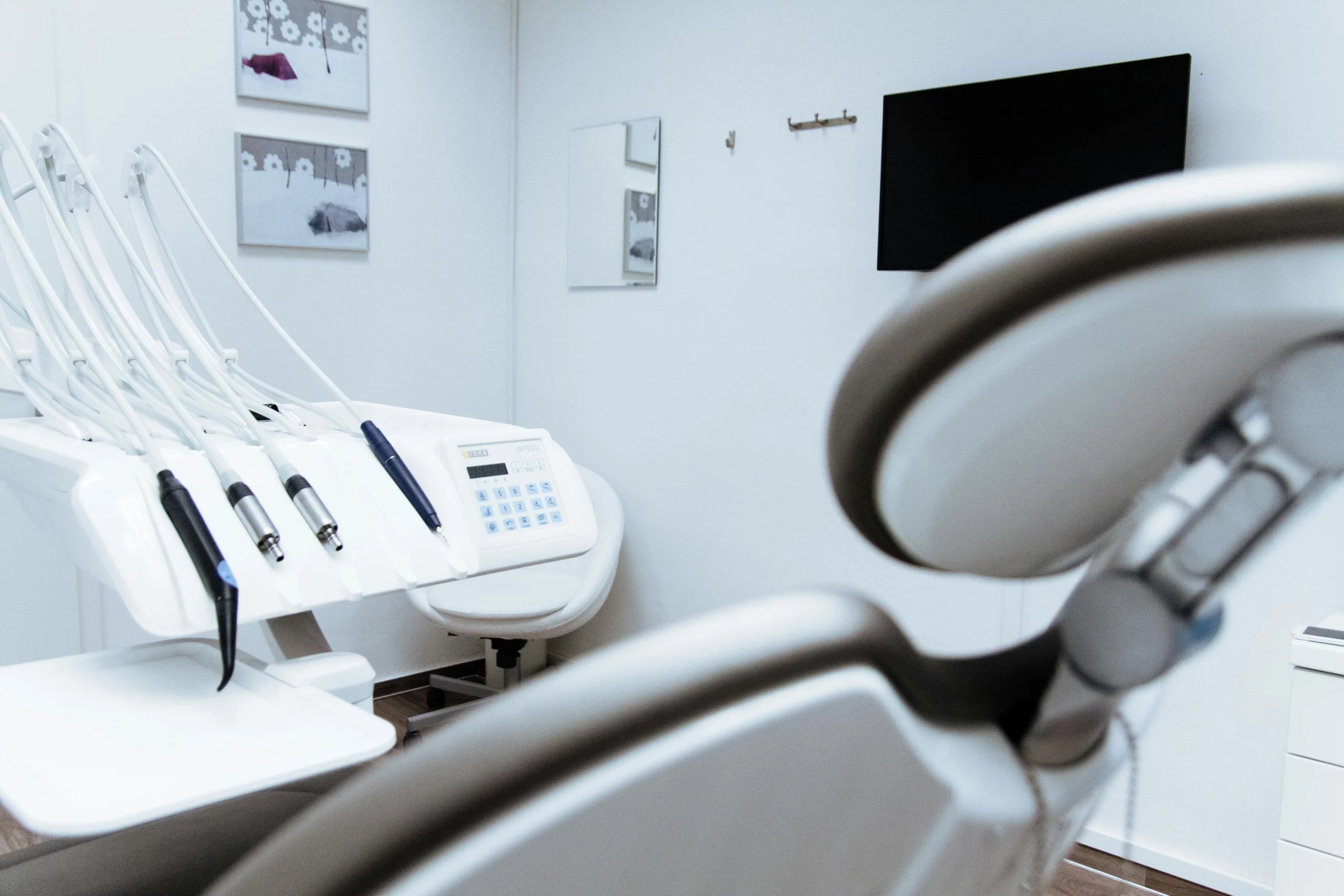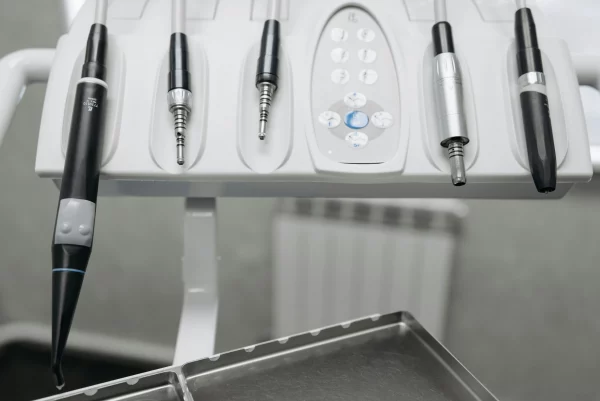Periodontal therapy is not merely a matter of aesthetics; it is deeply intertwined with systemic health. When gum tissues become inflamed, infected, or begin to recede, the repercussions extend beyond oral discomfort. If these issues remain unaddressed, patients may face tooth loss, persistent halitosis, and even heightened risks to cardiovascular and immune system health. Encouragingly, contemporary periodontal interventions are both evidence-based and highly effective, offering clinicians a range of strategies to halt disease progression and support the restoration of gingival health.
This article will provide a comprehensive overview of periodontal therapy, including early indicators of disease, current treatment modalities, and strategies for maintaining periodontal stability over time.
What Is Periodontal Disease and How Does It Affect Your Health?

Periodontal disease widely referred to as gum disease—encompasses the inflammation and infection of the tissues supporting the teeth: the gums, periodontal ligament, and jawbone. It commonly begins as gingivitis, which, frustratingly, can progress with minimal or no symptoms. If left unmanaged, the condition can advance to the point of gum recession and bone deterioration, ultimately resulting in tooth loss. Early detection and consistent periodontal therapy are vital for preventing irreversible consequences and safeguarding both oral and systemic health. In short: ignoring gum health isn’t just risky for your teeth, but for your overall wellbeing, too.
Understanding Gingivitis vs. Periodontitis
Gingivitis is the earliest stage of gum disease. At this point, you might notice redness, mild bleeding when brushing, or slight puffiness along the gumline. It’s caused by a buildup of plaque—a sticky film of bacteria. The good news? Gingivitis is reversible with improved hygiene and professional cleanings.
If ignored, gingivitis can progress to periodontitis. This more severe stage causes the gums to pull away from the teeth, forming pockets that trap bacteria and destroy tissue. Bone loss may occur, eventually leading to loose teeth or even extractions. Periodontitis requires targeted periodontal therapy to stop the infection and preserve your smile.
The Connection Between Gum Disease and Systemic Health Issues
Gum disease, or periodontitis, extends far beyond the confines of oral health and emerges as a significant concern for overall well-being. Increasingly, research highlights the strong association between periodontal disease and systemic conditions such as cardiovascular disease, stroke, diabetes, and adverse pregnancy outcomes, including preterm birth. The mechanism is straightforward yet concerning: pathogenic bacteria originating in infected gingival tissue can access the bloodstream, subsequently provoking inflammatory responses throughout the body. Therefore, periodontal therapy serves not only to maintain oral integrity but also to mitigate systemic inflammation, underlining its essential role in promoting broader health outcomes.
Signs You May Need Periodontal Therapy

Early detection of gum disease is, frankly, more important than most people realize. The trouble is, many individuals remain unaware of any issue until the disease has already advanced beyond the earliest, most treatable stages. This happens because gingivitis—the initial phase—tends to be both painless and easy to overlook. By the time symptoms actually draw attention, significant and sometimes irreversible damage may have already taken place. For this reason, it is crucial to remain attentive to even subtle changes in your gums. These early indicators serve as a warning and should prompt a timely visit to a dental professional, whether a general dentist or a periodontist. Proactive monitoring truly can make a significant difference in oral health outcomes.
Red, Swollen, or Bleeding Gums
Healthy gums should generally present as pale pink and exhibit a firm texture. If you notice puffiness, bleeding during brushing or flossing, or unusual tenderness, it may indicate more than just aggressive brushing habits. These characteristics are classic signs of early-stage gum disease. Seeking timely periodontal therapy is important, as this intervention can prevent further progression and facilitate the restoration of gum health before any permanent damage occurs.
Persistent Bad Breath and Loose Teeth
Chronic bad breath (halitosis) often stems from bacterial buildup below the gumline. When left unchecked, infection and bone loss can cause teeth to feel loose or shift position. If your bite feels different or chewing has become uncomfortable, it’s time to seek professional care. These symptoms often indicate periodontitis that requires deeper, more specialized treatment.
How Periodontal Therapy Can Save Your Teeth and Prevent Tooth Loss

The central objective of periodontal therapy is to control infection, restore gingival health, and ultimately prevent tooth loss. Management strategies are determined by the severity of the disease, yet, in most cases, treatment begins with non-surgical approaches. These frequently involve procedures such as scaling and root planing, which aim to remove plaque and calculus from subgingival areas. Adjunctive therapies, including antimicrobial rinses or locally delivered antibiotics, may also be employed to diminish bacterial populations. By intervening early and thoroughly addressing the infection, these therapeutic measures help maintain the supporting structures of the dentition and halt further progression of periodontal disease.
Non-Surgical and Surgical Treatment Options
For early to moderate gum disease, non-surgical treatments like scaling and root planing (also called deep cleaning) are often effective. These procedures remove plaque and tartar buildup from beneath the gums and smooth the root surfaces to help gums reattach.
In more advanced cases, surgery may be needed. Common procedures include flap surgery to reduce pocket depth and regenerate lost bone, or soft tissue grafting to rebuild receded gums. With consistent care, many patients avoid extractions and keep their natural teeth for life.
Scaling, Root Planing, and Gum Surgery Explained
Scaling removes hardened plaque (calculus) from above and below the gumline. Root planing smooths out the root surfaces, making it harder for bacteria to reattach. These treatments are usually done under local anesthesia and may be completed over several visits.
If pockets remain too deep after non-surgical therapy, surgery might be necessary. Periodontists may lift the gums to clean infected areas more thoroughly and reposition the tissue to promote healing. Bone grafts and guided tissue regeneration can also rebuild lost support.
Why Choose GP Dental for Your Periodontal Treatment Needs

At G&P Dental, we recognize that periodontal health is fundamental to overall well-being. Our clinicians possess substantial expertise in the field and utilize the latest evidence-based methodologies to address each patient’s unique oral health needs. We provide a continuum of care, from early detection of periodontal concerns to comprehensive maintenance strategies, all while prioritizing patient comfort and sustainable outcomes. Our commitment is to support and guide patients at every stage of their journey toward optimal oral health and general wellness.
Experienced Periodontists and Advanced Techniques
Our periodontists have advanced training in diagnosing and treating all stages of gum disease. Using digital imaging, laser-assisted therapy, and state-of-the-art tools, we offer treatments that are precise, comfortable, and highly effective. Our goal is not only to treat current infections but to prevent future ones.
We also prioritize minimally invasive techniques whenever possible, including laser periodontal therapy that targets bacteria with less discomfort and faster healing time. Whether you need a simple deep cleaning or surgical intervention, you’re in expert hands.
Personalized Care Plans for Optimal Healing and Prevention
No two smiles are the same—and neither are their treatment needs. That’s why we customize every care plan based on your health history, risk factors, and goals. We educate you on home care, nutritional tips, and follow-up visits to keep your gums healthy for the long term.
Our team also works closely with patients who have systemic conditions like diabetes or cardiovascular disease to ensure coordinated care that supports overall health.
Frequently Asked Questions (FAQs)
1. What is periodontal therapy and who needs it?
Periodontal therapy is a treatment approach focused on stopping gum disease and restoring gum health. It includes procedures like scaling and root planing, antibiotic therapy, and in some cases, surgery. People with bleeding gums, gum recession, or loose teeth often benefit from this type of treatment. Early intervention can prevent further bone loss and save your natural teeth.
2. Does periodontal therapy hurt?
Most patients experience little to no discomfort during periodontal therapy. Non-surgical treatments are usually performed with local anesthesia to numb the area. You may feel some tenderness afterward, but it typically subsides within a day or two. Your dentist or periodontist will give you aftercare instructions to manage sensitivity and promote healing.
3. Can gum disease be cured with periodontal therapy?
While gum disease cannot be completely reversed once it reaches the periodontitis stage, periodontal therapy can stop its progression and restore much of your gum health. With proper treatment and daily home care, it’s possible to maintain healthy gums and prevent the disease from worsening. Regular dental checkups are essential for monitoring your progress.
4. Is periodontal therapy covered by insurance?
Many dental insurance plans cover periodontal treatments, especially if the condition is diagnosed as medically necessary. Coverage often includes scaling, root planing, and even some surgical procedures. It’s best to check with your insurance provider, and the team at GP Dental can help you verify benefits and discuss financing options.
5. How long does it take to heal after periodontal treatment?
Healing times vary depending on the type of treatment and the severity of the disease. Non-surgical treatments typically require a few days to a week for full recovery. Surgical procedures may take a bit longer, with most patients feeling back to normal within two weeks. Your dentist will schedule follow-up visits to monitor healing and guide your progress.
Your gums are the foundation of a healthy, confident smile—don’t ignore the early signs of disease. Schedule a periodontal evaluation at GP Dental today and take the first step toward healthier gums and a brighter future.
Our caring team is here to guide you through every stage of treatment, with precision, compassion, and proven results. We’ll help you protect your teeth, improve your overall wellness, and feel proud of your smile again. Call now or book your consultation online—your gums will thank you.


